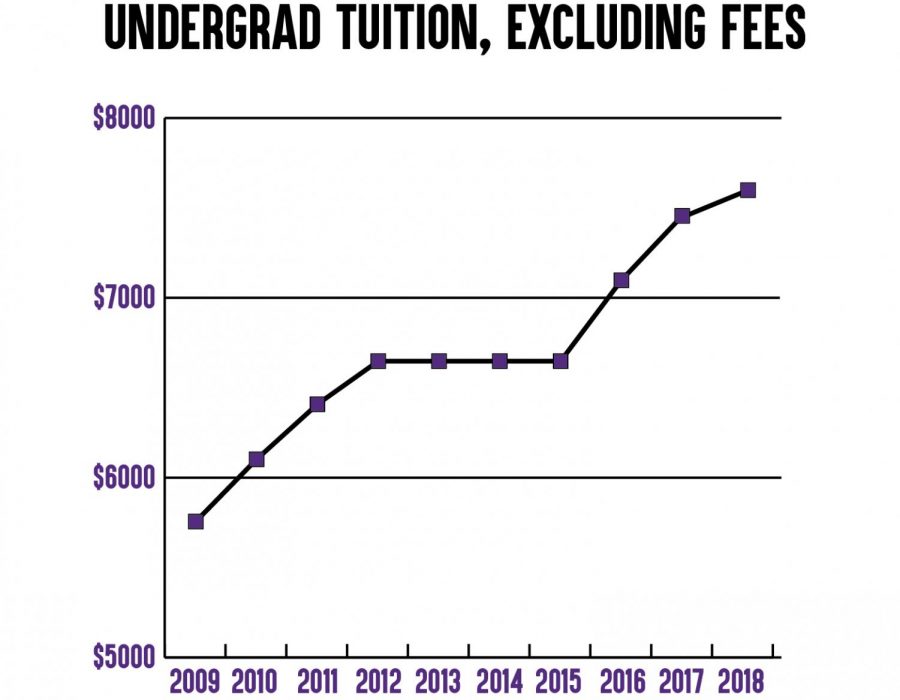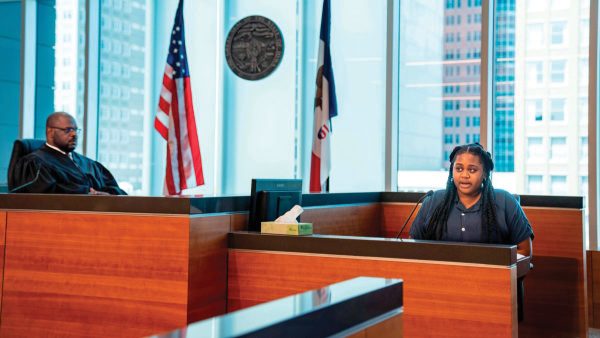University tuition increase affects social mobility
Opinion columnist Brenna Wolfe discusses the gradual tuition increase over the past four years and how it affects social mobility.
Aug 30, 2018
Why are you at college? Education, development, fun, partying, finding a lifelong partner? Those are some of the many reasons students list for attending college. Social mobility is probably the biggest reason.
When we boil it down, students go to college so they can get better jobs and make more money. We are raised with this belief: if you go to college, you will have a better life. This is social mobility, and it is currently being threatened at Iowa public universities.
Last week, an article was published in the NI stating that UNI received a 2.8 percent tuition increase, which is $209 more than the 2017 school year. This is trend that has long continued. Undergraduate tuition has increased over $1,000 since 2015.
Think about that. In four years, there has been $1,000 increase. If you are senior Iowa resident (like me), that means you have paid $6,648 for your first year, $7,098 for your second year, $7,456.00 for your third year, and $7,665 for your fourth year. This adds up to $28,867.
At my original tuition of $6,648 for four years, that is $26,592 that I agreed to pay. However, I’m paying $2,275 more than what than what I thought I was going to pay, and so is every senior Iowa resident on our campus.
That is a big deal! In the course of our four years here, we have seen a tuition increase every single year.
These number don’t include the fees, either! For this school year, the fees add up to $486.75 in addition to the tuition bill.
This is making UNI and the other Iowa public universities inaccessible for many Iowa students. If lower-income and middle-class students are struggling to pay the U-Bill, a tuition hike can be detrimental and may cause the student to quit attending school. The new tuition of $7,665 can be a huge deterrent for new students.
If Iowa public universities aren’t accessible to lower-income and middle-class students, then why do we even have these universities? Isn’t a “public” university supposed to be an affordable option for lower-income and middle-class students? Students are breaking the bank to come to attend Iowa public universities.
If public universities are no longer affordable or accessible, they are no longer places for social mobility, which is one of primary reasons that public universities were established.

















